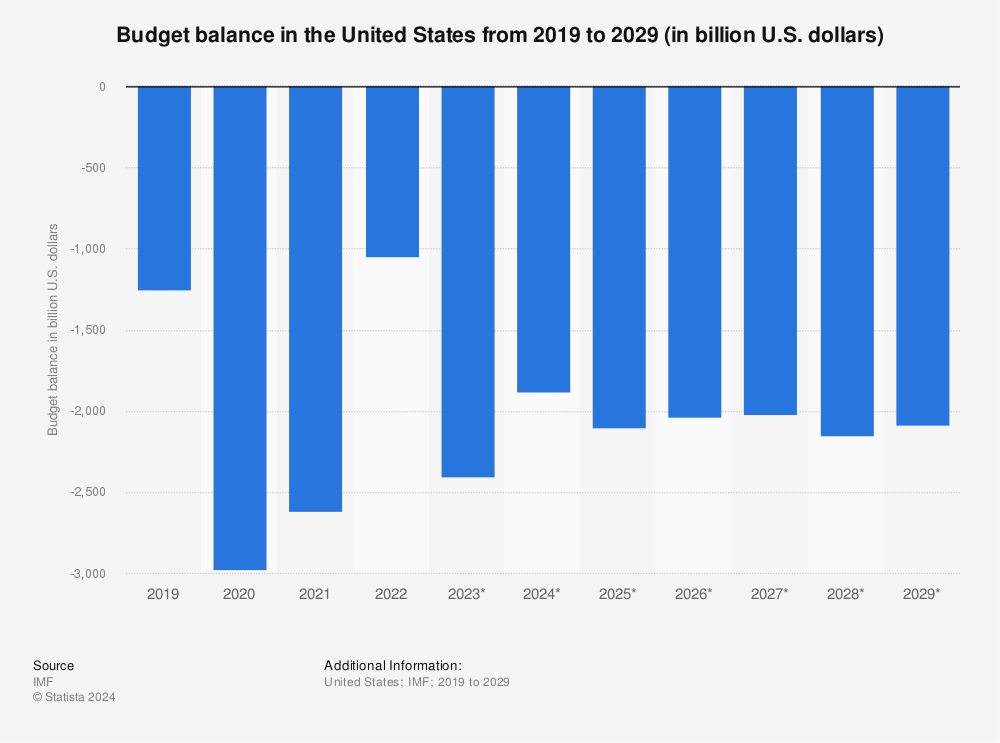.jpg)
Mastering Warranties: Essential Tips for Consumer Confidence
Warranties play a crucial role in consumer confidence, providing assurance and protection for products and services. In this article, we explore essential tips for both consumers and businesses to navigate warranties effectively, fostering trust and satisfaction.
Understanding the Basics of Warranties
Before delving into tips, it’s essential to understand the basics of warranties. A warranty is a commitment made by a seller or manufacturer regarding the quality and performance of a product or service. Warranties can vary in terms of coverage, duration, and conditions, influencing the level of protection they offer to consumers.
Reading and Understanding Warranty Terms
The first tip for consumers is to carefully read and understand the terms of the warranty. This includes coverage details, limitations, exclusions, and any conditions that must be met for the warranty to be valid. Being well-informed about what the warranty covers and doesn’t cover is crucial for making informed purchasing decisions.
Different Types of Warranties
Consumers should be aware of the various types of warranties available. These may include express warranties explicitly stated by the seller, implied warranties that automatically come with the purchase, and extended warranties or service contracts that offer additional coverage for an extra cost. Understanding the differences helps consumers choose the right level of protection.
Registering Products for Warranty Coverage
Many manufacturers require consumers to register their products to activate warranty coverage. This simple step is often overlooked, but it’s essential for ensuring that the warranty is valid. Consumers should take the time to register their purchases promptly and keep a record of the registration for future reference.
Documenting and Preserving Proof of Purchase
Maintaining proof of purchase is critical when dealing with warranties. Consumers should keep receipts, invoices, or any documentation that proves the date and place of purchase. This documentation is often required when filing a warranty claim and serves as evidence of ownership.
Adhering to Maintenance Requirements
Warranties often come with maintenance requirements that consumers must follow to keep the coverage valid. This may include regular inspections, proper use and care of the product, and adherence to specific maintenance guidelines. Fulfilling these requirements is essential for preserving warranty protection.
Knowing the Warranty Claim Process
In the event that a product or service covered by a warranty experiences issues, consumers should familiarize themselves with the warranty claim process. This includes understanding how to contact the manufacturer or seller, providing necessary documentation, and following any specific procedures outlined in the warranty terms.
Extended Warranties: Pros and Cons
For consumers considering extended warranties or service contracts, it’s essential to weigh the pros and cons. Extended warranties can offer additional peace of mind, but consumers should evaluate whether the extra cost justifies the potential benefits. Careful consideration is necessary to avoid unnecessary expenses.
Communication and Transparency for Businesses
From a business perspective, effective communication and transparency about warranty terms are crucial. Clearly outlining what the warranty covers, explaining any limitations, and providing accessible information to consumers contribute to building trust and confidence.
Continuous Improvement in Warranty Programs
Businesses should view warranty programs as opportunities for continuous improvement. Gathering feedback from customers, monitoring warranty claim trends, and making adjustments to enhance coverage or streamline the claims process demonstrate a commitment to customer satisfaction.
For comprehensive insights into warranty tips and best practices, visit homecontractorhub.info. Mastering warranties is a collaborative effort between consumers and businesses, creating a foundation of trust and confidence in the products and services offered.



